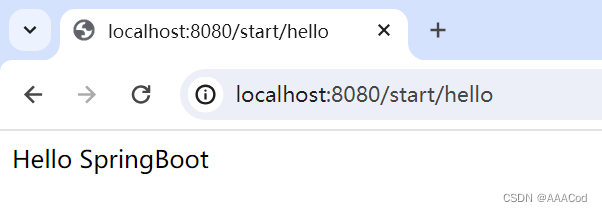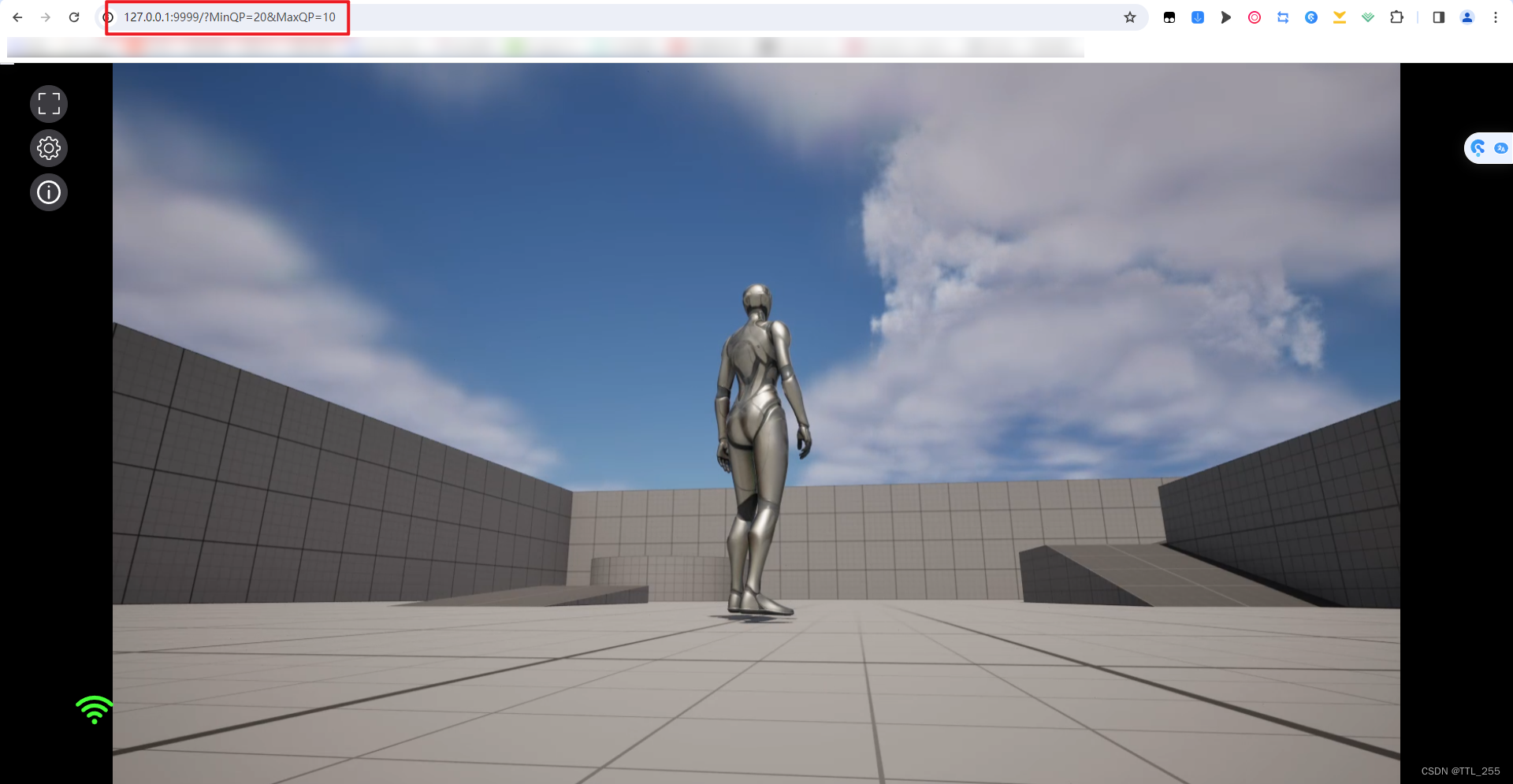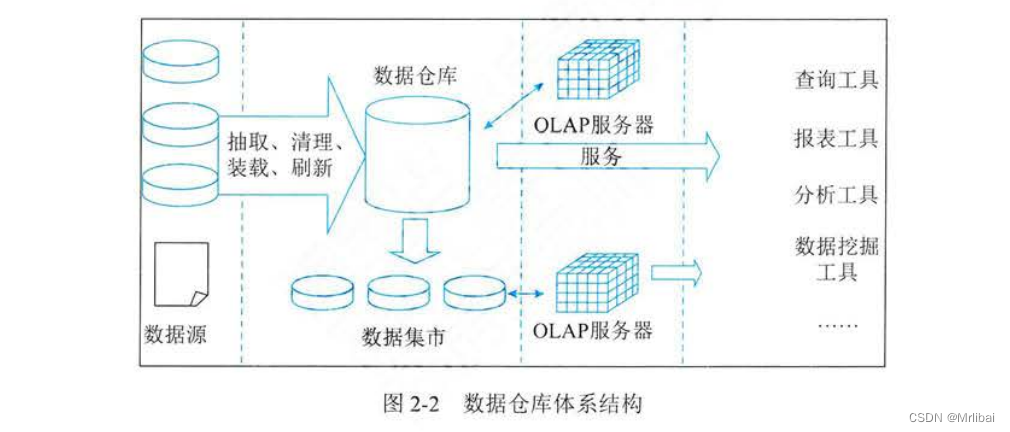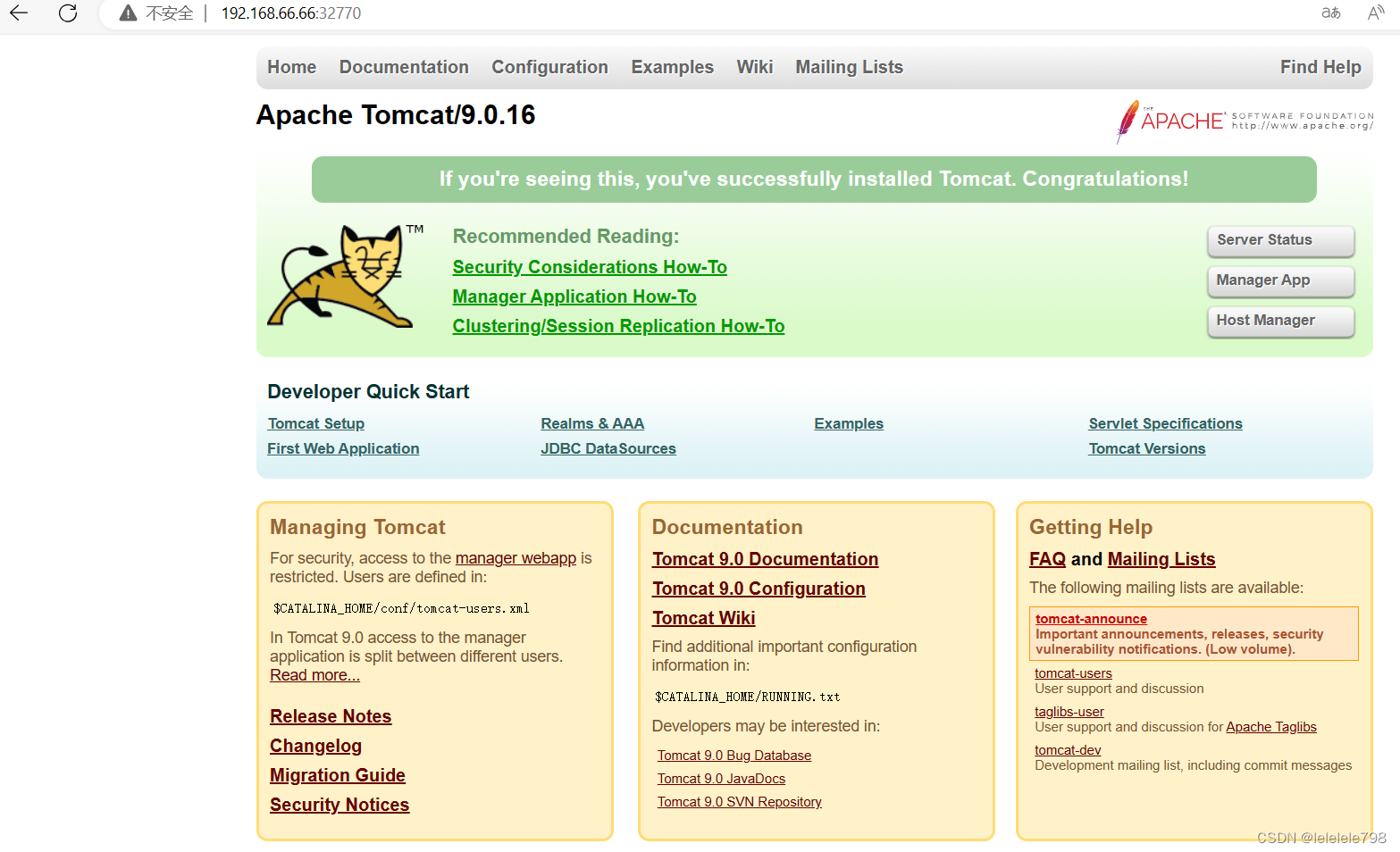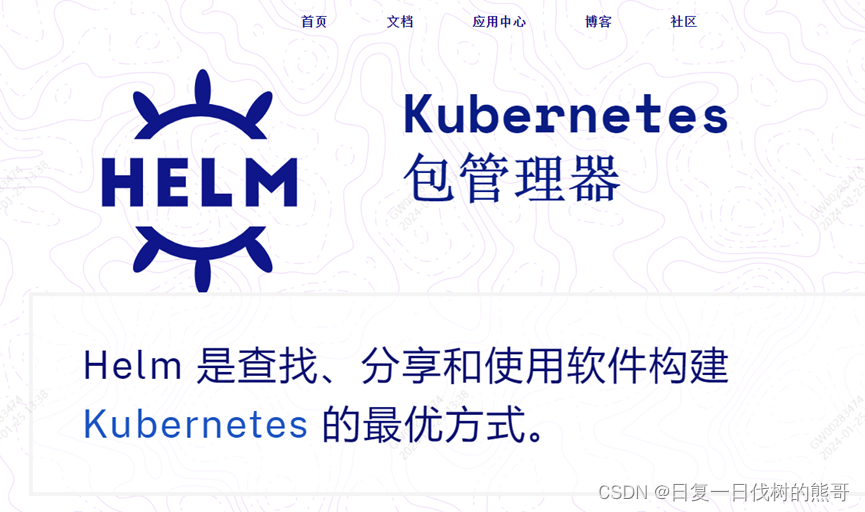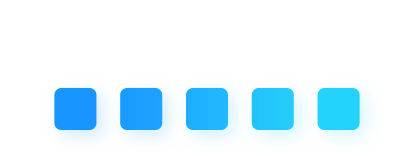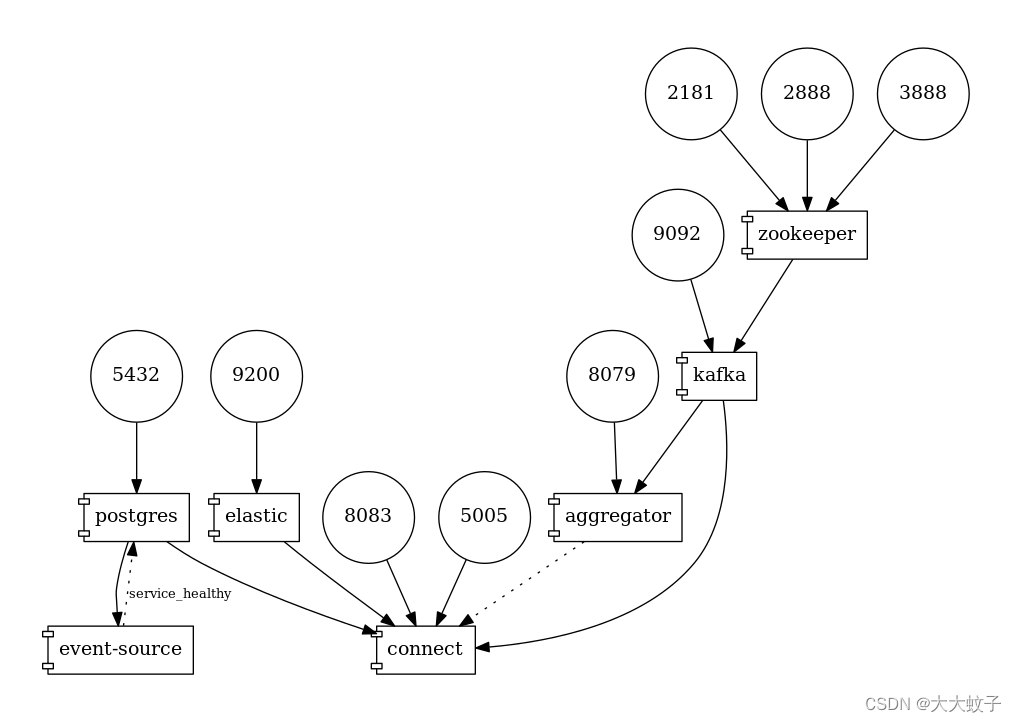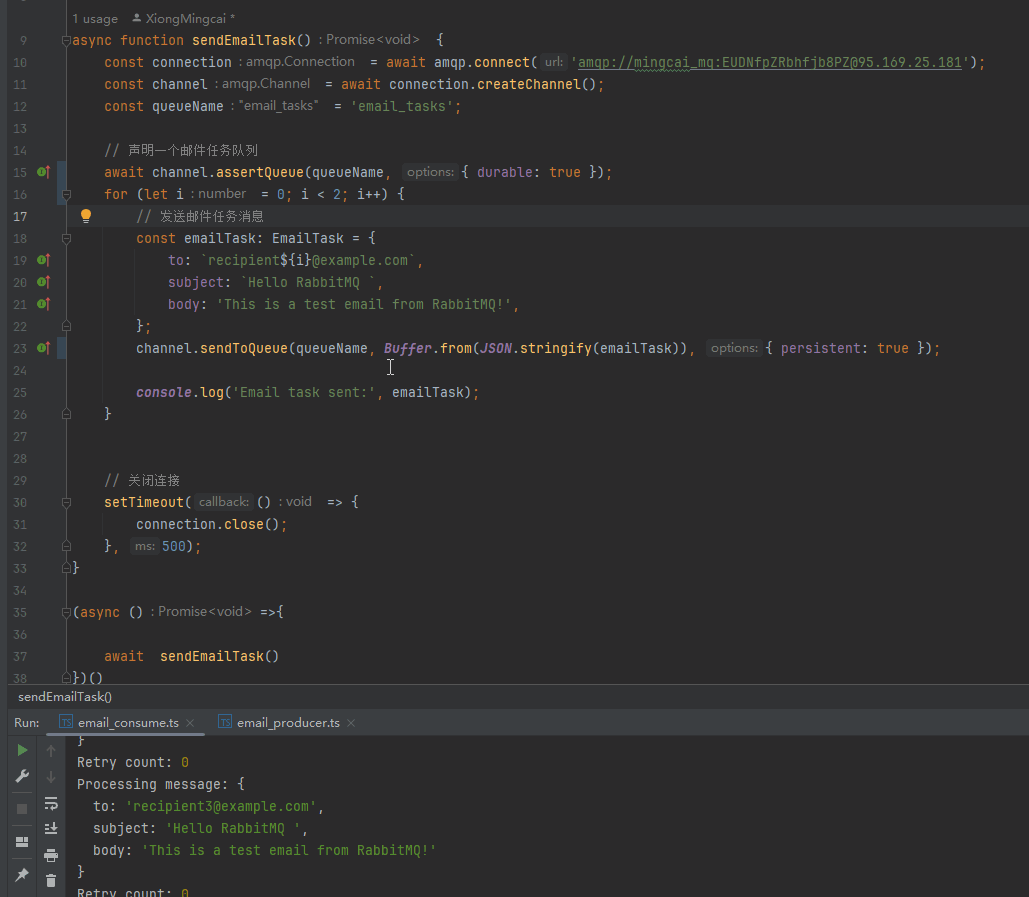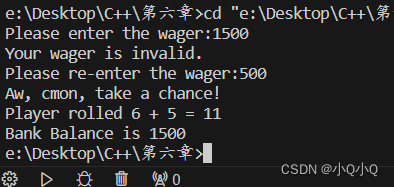在当今数字化时代,在线教育系统的开发越发显得至关重要。本文将带你深入了解在线教育系统的开发,涉及到关键的技术实践和代码示例。我们将采用现代化技术栈,为未来学堂的搭建提供实用的指南。

技术栈选择
在开始实际的开发之前,我们需要明确使用哪些技术工具和框架来构建在线教育系统。以下是一个基于JavaScript的全栈技术栈:
前端开发: 使用React作为前端框架,创建现代化、交互式的用户界面。
// 例子:React组件 - 课程列表
import React, { useState, useEffect } from 'react';
const CourseList = () => {
const [courses, setCourses] = useState([]);
useEffect(() => {
// 从后端获取课程数据
fetch('/api/courses')
.then(response => response.json())
.then(data => setCourses(data));
}, []);
return (
<div>
<h2>课程列表</h2>
<ul>
{courses.map(course => (
<li key={course.id}>{course.title}</li>
))}
</ul>
</div>
);
};
export default CourseList;
后端开发: 使用Node.js和Express构建后端,处理业务逻辑和提供API。
// 例子:Express后端路由 - 获取课程列表
const express = require('express');
const router = express.Router();
const Course = require('../models/course');
router.get('/courses', async (req, res) => {
try {
const courses = await Course.find();
res.json(courses);
} catch (error) {
res.status(500).json({ message: error.message });
}
});
module.exports = router;
数据库: 使用MongoDB作为数据库存储课程和用户信息。
// 例子:MongoDB数据模型 - 课程
const mongoose = require('mongoose');
const courseSchema = new mongoose.Schema({
title: { type: String, required: true },
description: { type: String, required: true },
// 其他课程属性...
});
const Course = mongoose.model('Course', courseSchema);
module.exports = Course;
核心功能实现
用户认证和授权: 使用JWT进行用户认证,确保只有授权用户能够访问教育资源。
// 例子:使用JWT进行用户认证
const jwt = require('jsonwebtoken');
const generateToken = user => {
return jwt.sign({ userId: user.id }, 'secretKey', { expiresIn: '1h' });
};
// 在登录路由中使用生成的Token
router.post('/login', (req, res) => {
// 验证用户身份,生成Token
const token = generateToken(user);
res.json({ token });
});
课程管理和内容发布: 提供管理员界面,允许管理者创建、编辑和发布课程。
// 例子:React组件 - 创建新课程
import React, { useState } from 'react';
const CreateCourseForm = () => {
const [title, setTitle] = useState('');
const [description, setDescription] = useState('');
const handleSubmit = () => {
// 发送创建新课程的请求到后端
fetch('/api/courses', {
method: 'POST',
headers: { 'Content-Type': 'application/json' },
body: JSON.stringify({ title, description }),
})
.then(response => response.json())
.then(data => console.log(data));
};
return (
<form>
<label>Title:</label>
<input type="text" value={title} onChange={e => setTitle(e.target.value)} />
<label>Description:</label>
<textarea value={description} onChange={e => setDescription(e.target.value)} />
<button type="button" onClick={handleSubmit}>创建课程</button>
</form>
);
};
export default CreateCourseForm;
总结
通过选择现代化的技术栈和实现核心功能,我们可以开始构建一个功能强大的在线教育系统。以上的代码示例仅仅是一个起点,实际开发中需要根据具体需求和业务逻辑进行更为详细的设计和实现。希望这篇文章能够为在线教育系统的开发提供一些有用的技术指导。c
